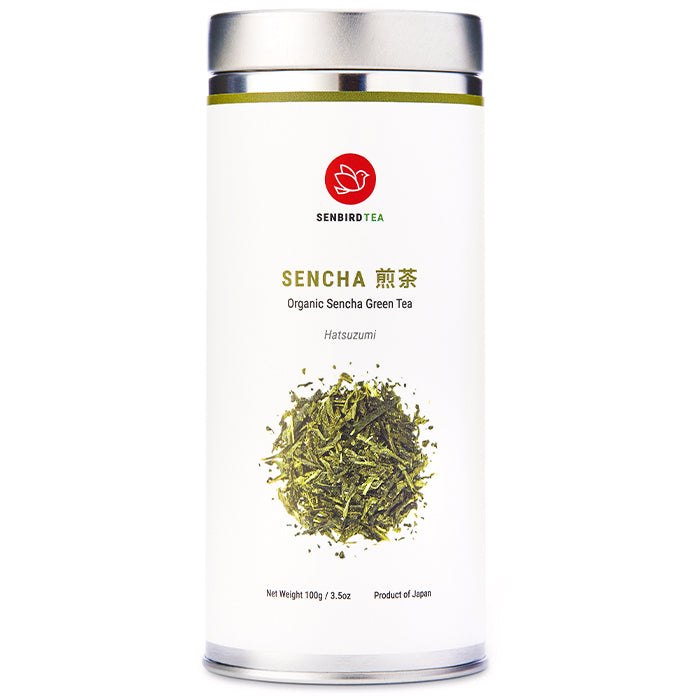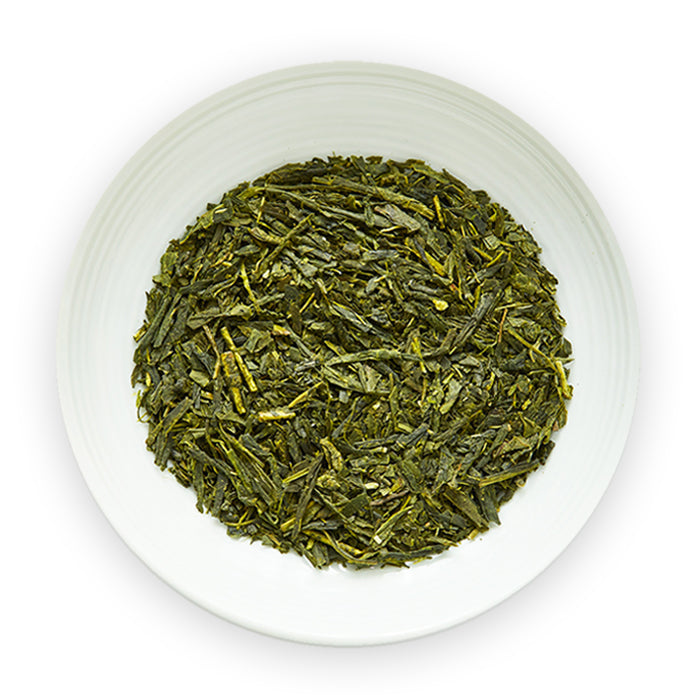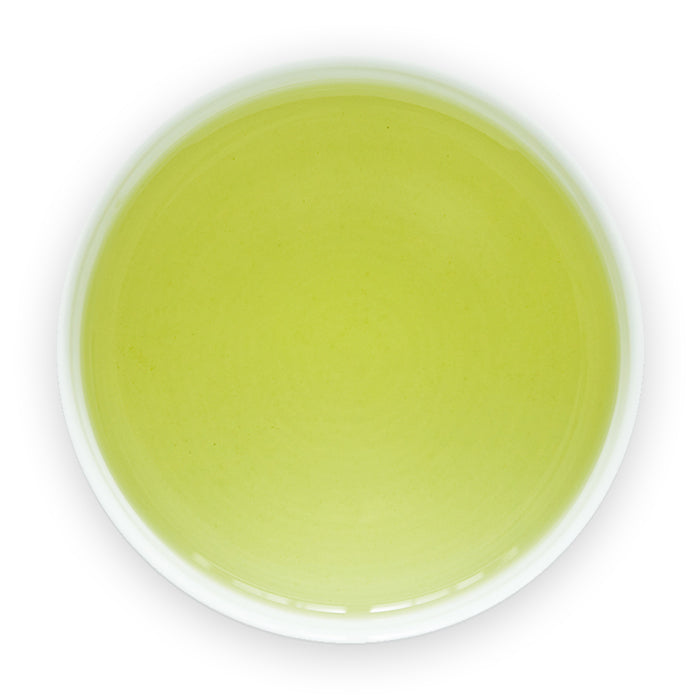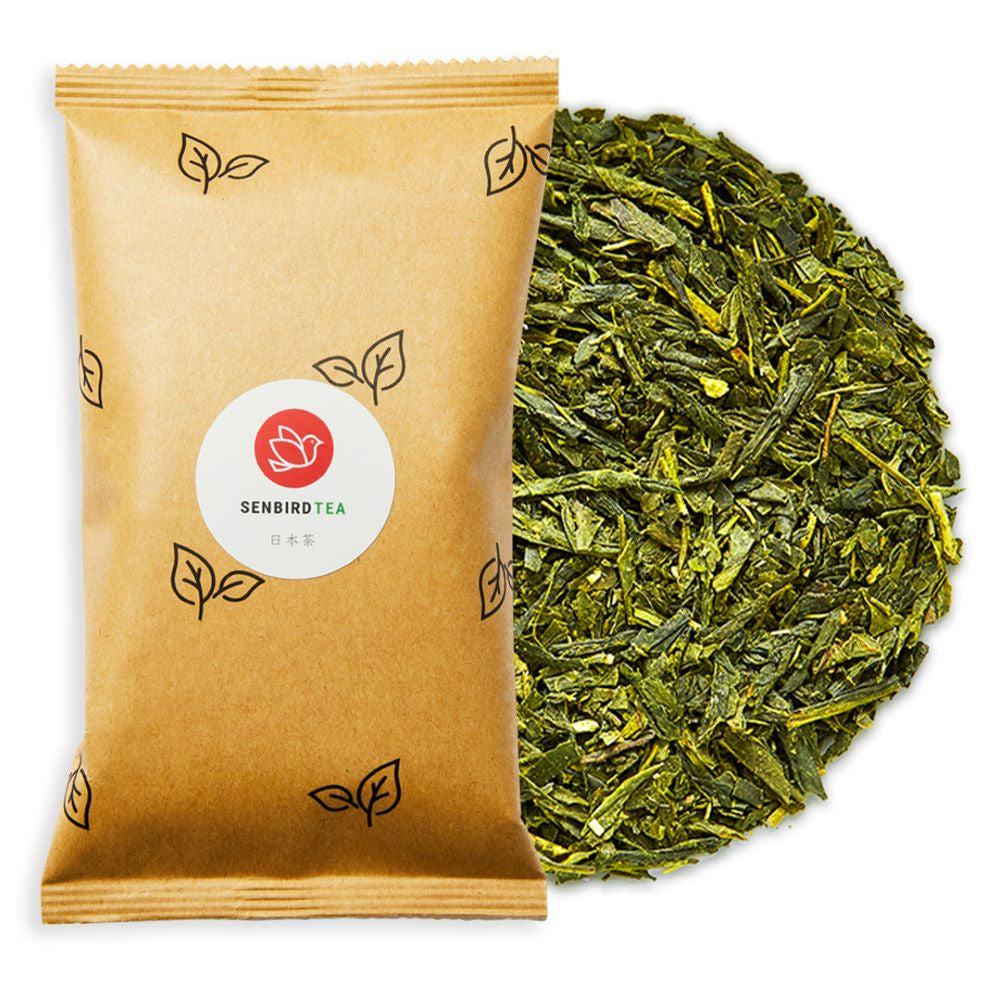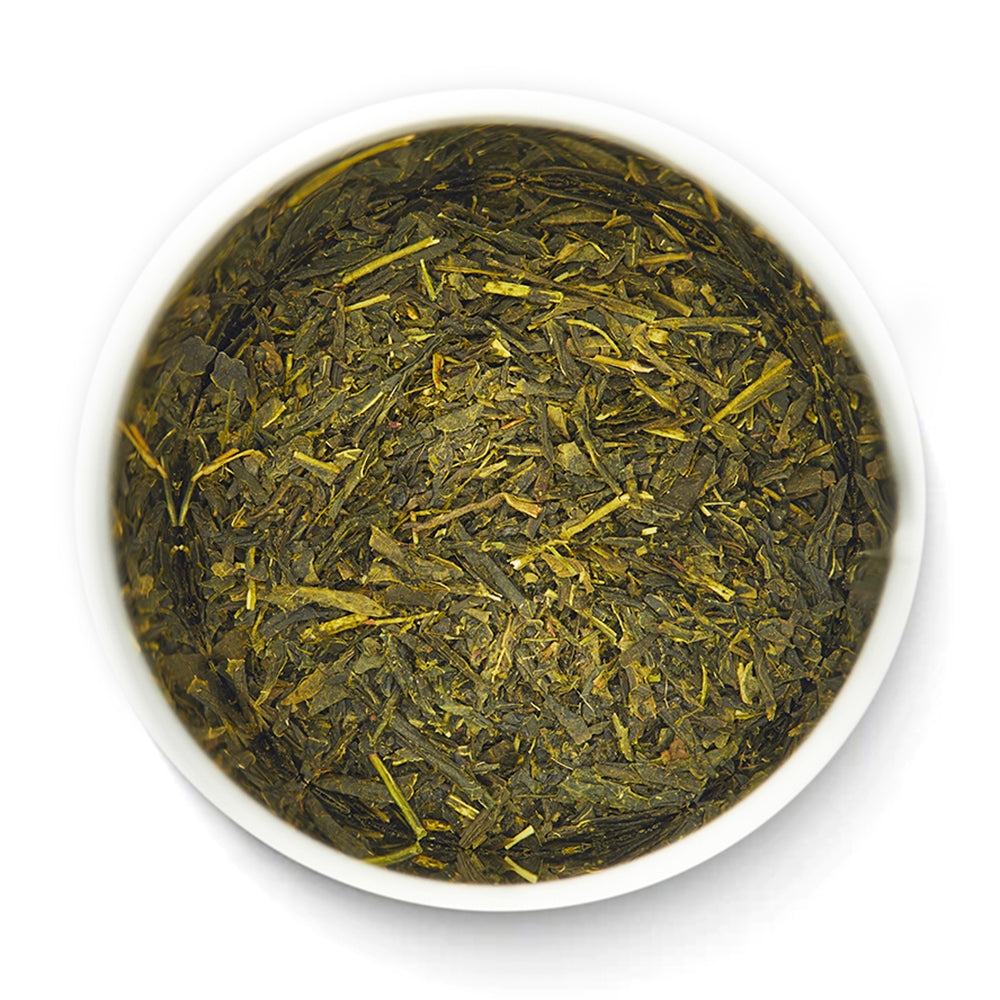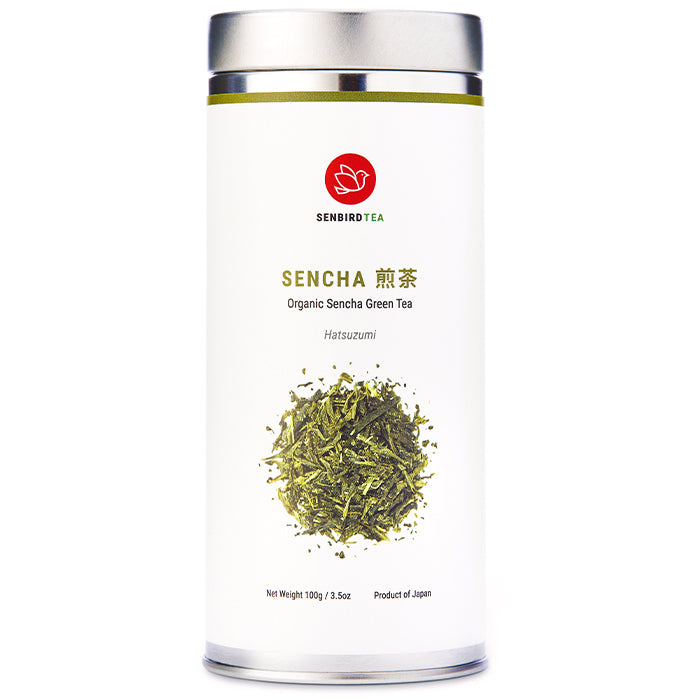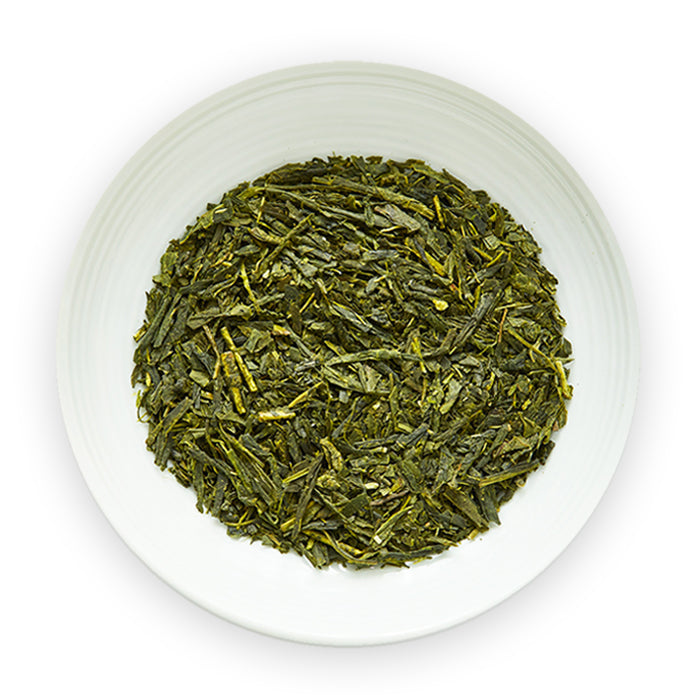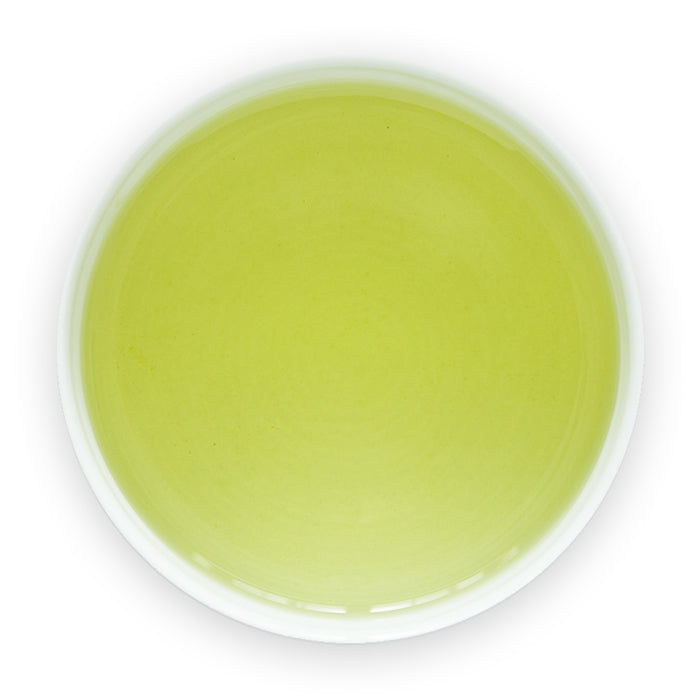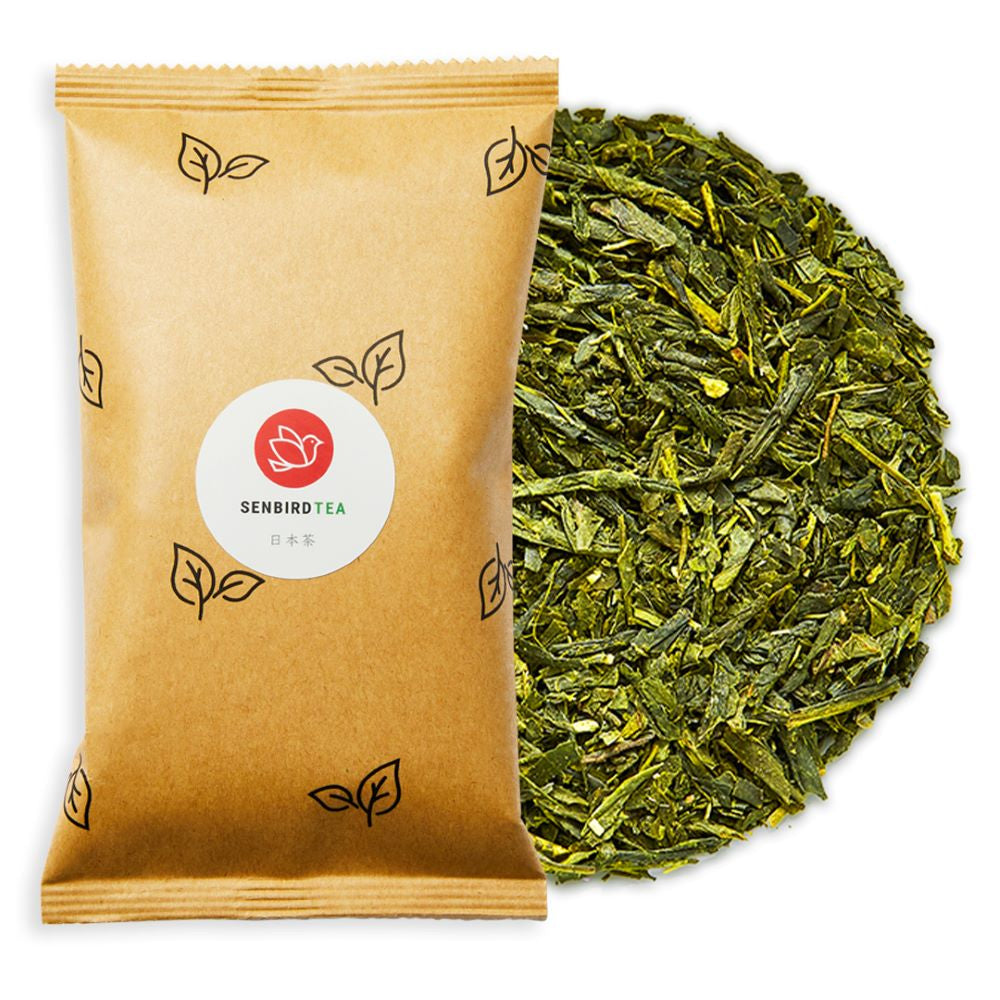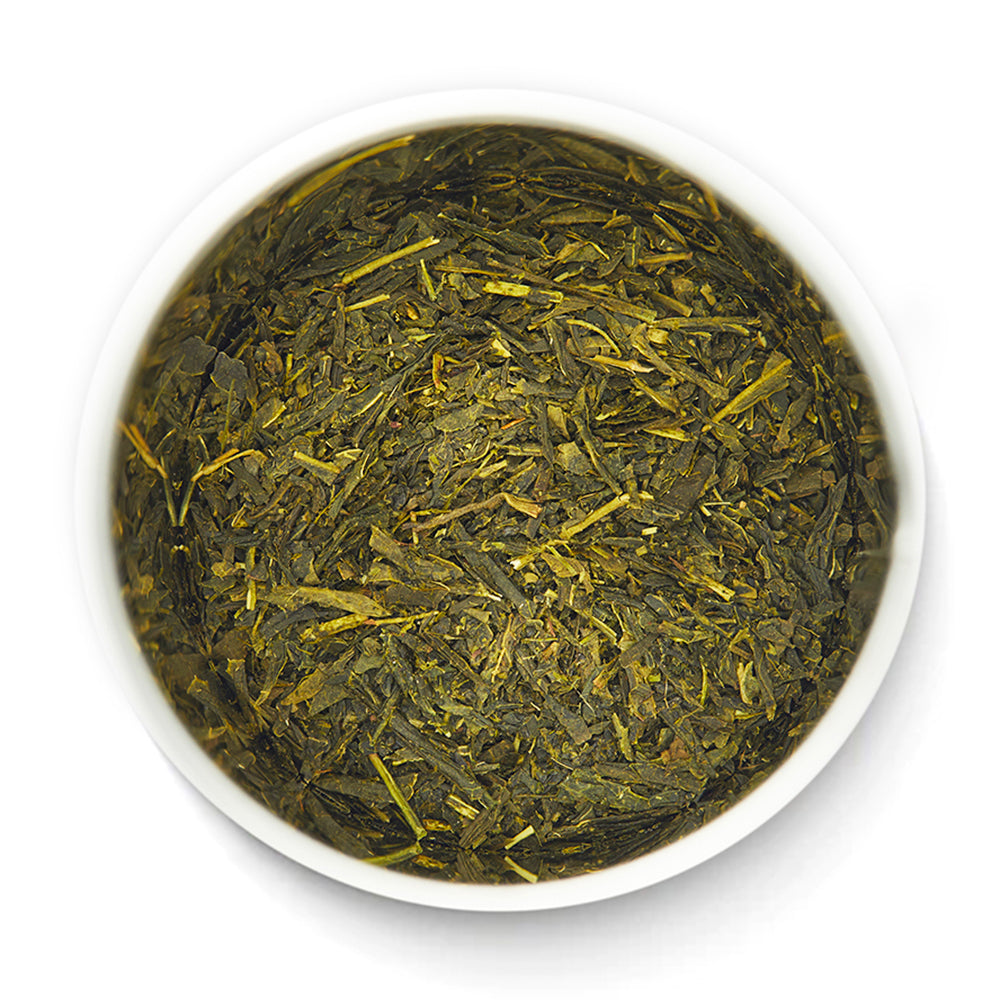
Japanese Sencha Green Tea Guide: Health Benefits, Types, And How To Brew
Welcome to our Japanese Sencha Green Tea Guide! Sencha, or green tea, is the most popular tea in Japan, representing about 80% of all tea produced in the country. Japanese green tea is one of the most popular green teas worldwide. Sencha green tea is an incredibly versatile tea, wide varieties and is easy to brew to individual taste preferences while offering abundant health benefits.
Even though there are teas that utilize sencha as a foundation for making unique flavors, the quality of the sencha in blends is different from classic Japanese sencha. When optimally brewed, sencha green tea has a delicate, grassy flavor and aroma that is reminiscent of Spring. Sencha's taste varies widely depending on the region of growth, production quality, and price.
Sencha is an especially enjoyable tea during the summer because it is refreshing and light, an excellent choice for cold-brewing.
The information presented in this article is in no way intended as medical advice or as a substitute for medical treatment. You should always consult with your physician or other health care professional before adopting any treatment for a health problem.

What is Japanese Sencha Tea?
When imagining green tea, it is Japanese sencha tea likely comes to mind. Sencha is a simple and classic steamed green tea with its bright greenish-golden color, often served in palm-sized Japanese cups. Japanese culture widely embraces the consumption of sencha, found in almost every home, staffroom, and restaurant across the country.
Aside from China, Japan produces a significant amount of green tea. Like most tea, producers make sencha from the leaves of the tea plant known as Camellia sinensis. This Japanese tea is a popular choice for enjoying hot, often served during or after meals.

Japanese Sencha Green Tea Guide: Flavor
Unlike Chinese teas, Japanese tea producers typically steam the leaves, rather than pan-firing them, as the first step after harvesting. That’s the reason Japanese teas have a grassier, fresher flavor instead of the sweet and nutty notes usually found in Chinese teas. Sencha green teas can have a wide variety of flavors, which include grassy, kiwi, sweet, astringent, kale, brussel sprouts, spinach, and even butternut notes.
When it comes to color, it ranges from light green to yellow and vibrant and deep emerald green. The astringency and aftertaste of sencha may vary depending on how it is processed and of course, how it is brewed.

Factors For Japanese Sencha Green Tea:
Japanese Sencha is the most versatile type of tea. It can range from delicate to stronger flavor, with or without astringency, and offers a range of aftertastes. The most well-known and common type of sencha comes from the Yabukita cultivar. A cultivar is a plant variety produced in cultivation by selective breeding.
The following influences the flavor and quality of sencha: production region, harvest season, processing, steam time, cultivar, and blend.
-
Production Area
In Japan, the largest producers of sencha are Shizuoka, Kagoshima, Mie, and Kyoto prefectures, due to their optimal climate and geographical conditions for growing high-quality green tea. Other regions such as Saitama, Mie, and Fukuoka produce quality sencha as well. -
Harvesting
Harvest time for Sencha green tea is typically in the spring, summer, or fall. The first pick of sencha is called Shincha and is usually collected during April or May, specifically the 88th day after Setsubun, a Japanese celebration the day before the first day of spring, which usually falls around February 4. Shincha is very popular for its very sweet and refreshing flavor. Shincha literally translates to “new tea”, using only the very first spring leaves which are fresh, soft, and full of nutrients. Depending on the region, harvesting time for Shincha usually lasts until mid-June. -
Steaming
The crucial step in making Japanese sencha green tea is steaming. Tea leaves are steamed immediately after harvesting in order to stop the oxidation process and maintain flavor, nutrients, and color. Sencha can be categorized into three primary types: chuumushi, asamushi, and fukamushi. -
Processing
Sencha typically has thin needle-like leaves from the rolling process, with deep-steamed sencha often broken into shorter and smaller leaves. In fact, sometimes you can even get unrefined or aracha tea. Aracha is blended in appearance and includes veins and stems that are eradicated in the final phase of processing before it is sold. Even though it has a less refined appearance, the flavor is delicious and refreshing, but a bit more raw and astringent. -
Cultivar
The most commonly used cultivar, or plant variety, to make sencha is Yabukita. Japan utilizes over 100 cultivars to make different teas and most of them are used to develop a wide variety of flavors for sencha. -
Blending
The final tea may include different cultivars blended to accomplish specific flavors, colors, and textures. Some producers sell single-origin teas only, while others blend different kinds until satisfied with the taste profile. There is no right or wrong blend or taste and enjoyment is based entirely on personal preferences. You should certainly try several different sencha greens teas to find the right one for you.

Japanese Sencha Green Tea Guide: Health Benefits
In Japan, sencha green tea is a daily staple in many homes. Green teas like genmaicha, hojicha, gyokuro, and matcha all have numerous studies that support a healthier, longer life expectancy and improved life quality. To reap the most benefits from consuming green tea, focus your attention on the method of brewing. The health benefits associated with sencha green tea are:
- Anti-cancer properties
- Anti-inflammatory properties
- Anti-bacterial properties
- Anti-aging properties
- Prevention of neurodegenerative diseases
- Prevention of virus infections
- Help in weight-loss
- Lowering of bad cholesterol
- Prevention of tooth decay
Japanese Sencha Green Tea Guide: Brewing
Follow the steps below to brew a delicious cup of Japanese green tea for a special moment in your cup:
Step 1: Select the right teaware
Although any teapot will do, sencha is typically best brewed with a kyusu teapot and served in yunomi or small Japanese cups which hold 3 to 5 ounces of liquid. Kyusu is designed for the comfortable brewing of Japanese green tea, bringing out the rich, complex flavors of the tea leaves. The smaller yunomi cups allow for better sipping of the tea so you can compare the varying tasting notes from each steep.
Step 2: Use boiled water
Water quality is important for brewing a delicious cup of Japanese sencha green tea. Springwater is an ideal option as is filtered water. We recommend using boiled water and then cooling down it to the desired temperature.
Step 3: Preheat the teapot and cups
Preheating the teapots and cups, by pouring in hot water and allowing it to warm up the teaware, will allow the water to naturally cool and become the optimal temperature to steep sencha. Recommended water temperature for sencha is 158°F (70°C) - 176°F (80°C). You can use hotter water for deep-steamed sencha or a bit cooler for lightly steamed teas. Check out our guide using a yuzamashi water cooler. We suggest preheating the cups with boiling water to cool down the water and get an accurate measurement of how much tea to brew. Simply add the boiling water into the cups, and wait 30 seconds to 1 minute for the water to cool to the desired temperature.
Step 4: Put sencha green tea leaves in the teapot
Use at least 5 grams of tea per 7 oz of water. Empty the water from the cup or kettle (depending on what you followed in the previous suggestion). Using enough leaves is crucial for getting the right flavor. You may need to experiment to find the perfect brew for you.
Step 5: Enjoy the tea at different brew times and temperatures
The first infusion usually takes from 45 to 90 seconds. Both steeping time and temperature influence the cup of tea you drink. We recommend trying hotter water and a shorter steep time for the second brew. The third infusion of water can be around 30 to 60 seconds long.

Sencha green tea provides a wide range of aromas, textures, and flavors to tempt your senses. It is a great tea to try if you haven’t already! Perfecting your brewing method can allow you to discover new flavor profiles, elevate your tea-drinking experience and give you multiple health benefits, all from a cup of sencha.
🍵 Drinking our tea? Snap a pic and tag us on Instagram at @senbirdtea or #senbirdtea. We’d love to see your moment with tea!
If you want to read more articles on sencha, check them out here:
- How to Brew the Perfect Cup of Sencha Green Tea
- Health Benefits of Sencha Japanese Green Tea
- Ochazuke Green Tea Over Rice Recipe
- How To Make Rice Seasoning (Furikake) With Used Green Tea Leaves
- Green Tea and its Uses in Traditional Chinese Medicine
Share your moment with us and stay connected on:








